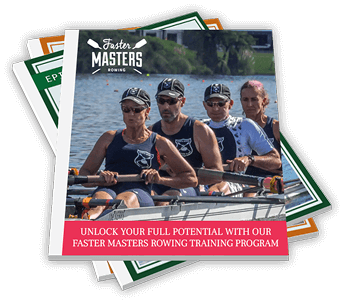The masters rowing cohort is the most physically diverse of all the groups of athletes in our sport.
Think about juniors - yes they may start rowing aged 13 or 10 but most are on a clear pathway of physical growth as they mature through puberty up to age 18. Similarly with under 23 or open athletes. They may be physically mature, and with training most are getting fitter and stronger over time.
Masters are different.
There are two types of masters athlete - those who return to the sport after learning in their youth and those who are new to the sport. The first group’s mobility and strength will probably start to decline after age 40 or 45; while the second group will have mobility similar to the first group, but whose rowing strength will increase as they acquire more years training in the sport.
Either way, you can see that their training capability is varied.
How do you coach a diverse group?
Think about the athletes you know already - what’s the age range within the group? What about personal mobility and flexibility - how many can touch their toes, sit comfortably at the catch, rotate their pelvis to sit in a forward position with legs straight?
Even on this limited range of measures, I know you’ll find huge variation within your group. This is normal for masters rowers.
It’s a good illustration of why we need to educate masters rowing coaches about different things than youth coaches. They need to deliver a high quality experience to their athletes just like other rowing coaches. But the parameters are different.
Five fundamental changes
Your masters athletes will be able to work together as a group as long as you can present your workouts, training program and technique coaching around the masters coaching framework.
Here are five essentials for your coaching methodology which will help you to effectively coach masters
- Fitness testing is essential so you can match the training to their needs
- Mobility assessment so you know what they are capable of and the adaptations required
- Review your workouts to adjust distance measures for time measures
- Adjust your female post-menopause group’s goals
- Scale the workouts to match both individual capability and recovery needs
Those five short items contain an enormous depth of background insight and information to put into practice.
Each is explained in detail in the Masters Coaching Certification modules on training (module 7); on physiology (module 6) and on how to run a masters program (module 8).

